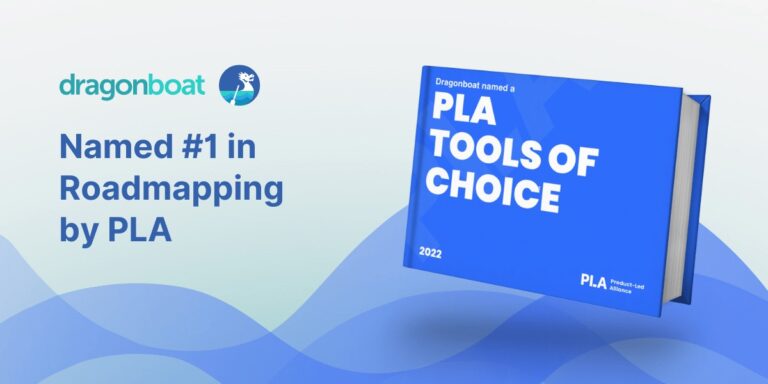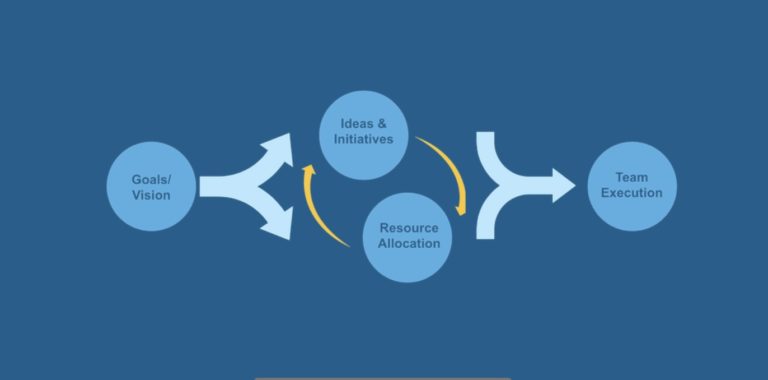This site uses cookies. Some of these cookies are essential, while others help us to improve your experience by providing insights into how the site is being used. For more information, please check our Privacy Policy. You can disable or remove cookies in your browser settings at any time. By clicking “Accept” or continuing to use this site, you consent to our use of cookies across the site.



